For beginner runners, strength training is an invaluable part of the journey to becoming faster, stronger, and more resilient. Even though running may seem like an activity that requires only leg endurance, incorporating strength training for runners will elevate your running performance and help you avoid injuries along the way. Here’s everything you need to know to get started, plus a practical workout plan designed for runners.
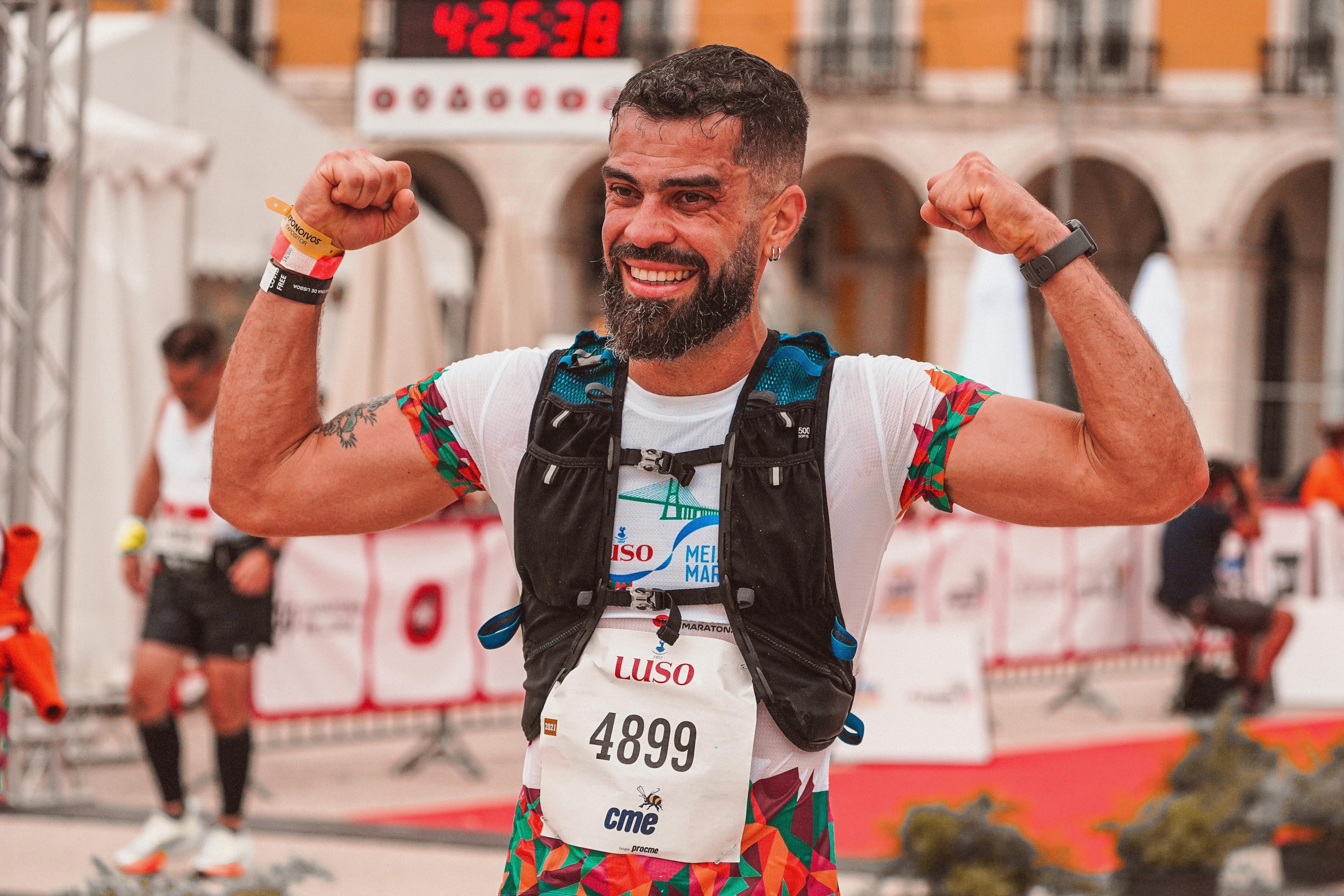
Why Strength Training Is Essential for Runners
-
Prevents Injury by Strengthening Connective Tissues Running puts stress on your knees, ankles, and hips. Strengthening the muscles and connective tissues around these joints creates a protective layer that stabilizes and supports your stride.
-
Enhances Running Efficiency A strong core and lower body help you maintain proper running form, even on tough or long runs. This form reduces energy wastage, allowing you to go further and faster with less effort.
-
Builds Speed and Power for Greater Performance Strength training helps develop explosive force, essential for pushing off with power during each step. When you incorporate strength training into your running routine, you’ll notice better stride efficiency, speed, and endurance.
Looking for Performance Tips? Dive into 5 Distance Runner Strength Training Exercises to Help Improve Your 10K Running Performance to build power that will help you go the distance.
Full Strength Training Program for Beginner Runners

Perform this strength training routine three times per week, allowing other days for running (try aiming for 20-30 minutes) or active rest, like brisk walking or light yoga, to keep your body moving without intense exercise.
Warm-Up Routine
5-10 Minutes: Start with dynamic stretches like leg swings, upper body work likearm circles, and hip openers to get your body ready.
Strength Training Exercises
Perform each of the following exercises for the specified reps and sets, with a 30-60 second rest between exercises.
Nordic Curls (on the NordBench)
3 sets of 6-8 reps
Engage your hamstrings with this challenging bodyweight exercise. Nordic curls build strength in the back of your legs, which helps with force production during each stride, ultimately enhancing stability and reducing injury risk.
Leg Extensions (with the OmniStrap)
3 sets of 10-12 reps per leg
Use an OmniStrap attached to a a resistance band or machine to target your quads. This exercise strengthens the muscles around your knee joint, which is essential for powerful strides and knee stability, especially on inclines.
Terminal Knee Extensions (with the OmniBands)
3 sets of 10-12 reps per leg
Terminal knee extensions (TKEs) are fantastic for building stronger connective tissues around your knees. Getting your knees slightly bent with some resistance can help prevent common runner issues like knee pain and ensure a smooth running form.
Hip Abduction
3 sets of 12-15 reps per leg
Stand or lie on your side to raise one leg outward. This exercise strengthens the muscles along the outside of your hip, crucial for stabilizing your legs as you move forward.
Hip Flexion
3 sets of 12-15 reps per leg
Use a resistance band to lift your leg in front of you, targeting your hip flexors. These muscles help lift your leg during running, making every stride more efficient.
Hip Extension
3 sets of 10-12 reps per leg
Attach a resistance band or use body weight to work on hip extensions, which target the glutes. Strong glutes improve stride efficiency and stability, adding power to each push-off.
Hip Adduction
3 sets of 12-15 reps per leg
This exercise targets the inner thigh muscles, enhancing stability in your lower body. It’s particularly useful for balancing your stride and avoiding overuse injuries.
Cool Down
5-10 Minutes: Finish with static stretches for your legs, hips, and back to aid in recovery and flexibility.
Strength Training for Runners? Check Out This Program tailored for distance runners to add even more effective exercises to your plan.
Practical Tips to Stay Consistent
Set Small Goals Each Week
Track progress in small, achievable ways, like aiming to improve your reps each session. Celebrating small victories keeps you motivated and moving forward in your journey.
Prioritize Recovery and Active Rest Days
Don’t underestimate the value of active rest—think stretching, walking, or a light yoga session. Giving your muscles time to recover ensures better results and helps prevent burnout.
Make Strength Training Part of Your Routine
Add strength training to your calendar like any other meeting. Consistency builds muscle memory and endurance, making your form and strength feel more natural over time.
More Tips for Success: Learn how to balance strength and endurance training with Runner Strength Training: Enhance Your Performance and Prevent Injuries.
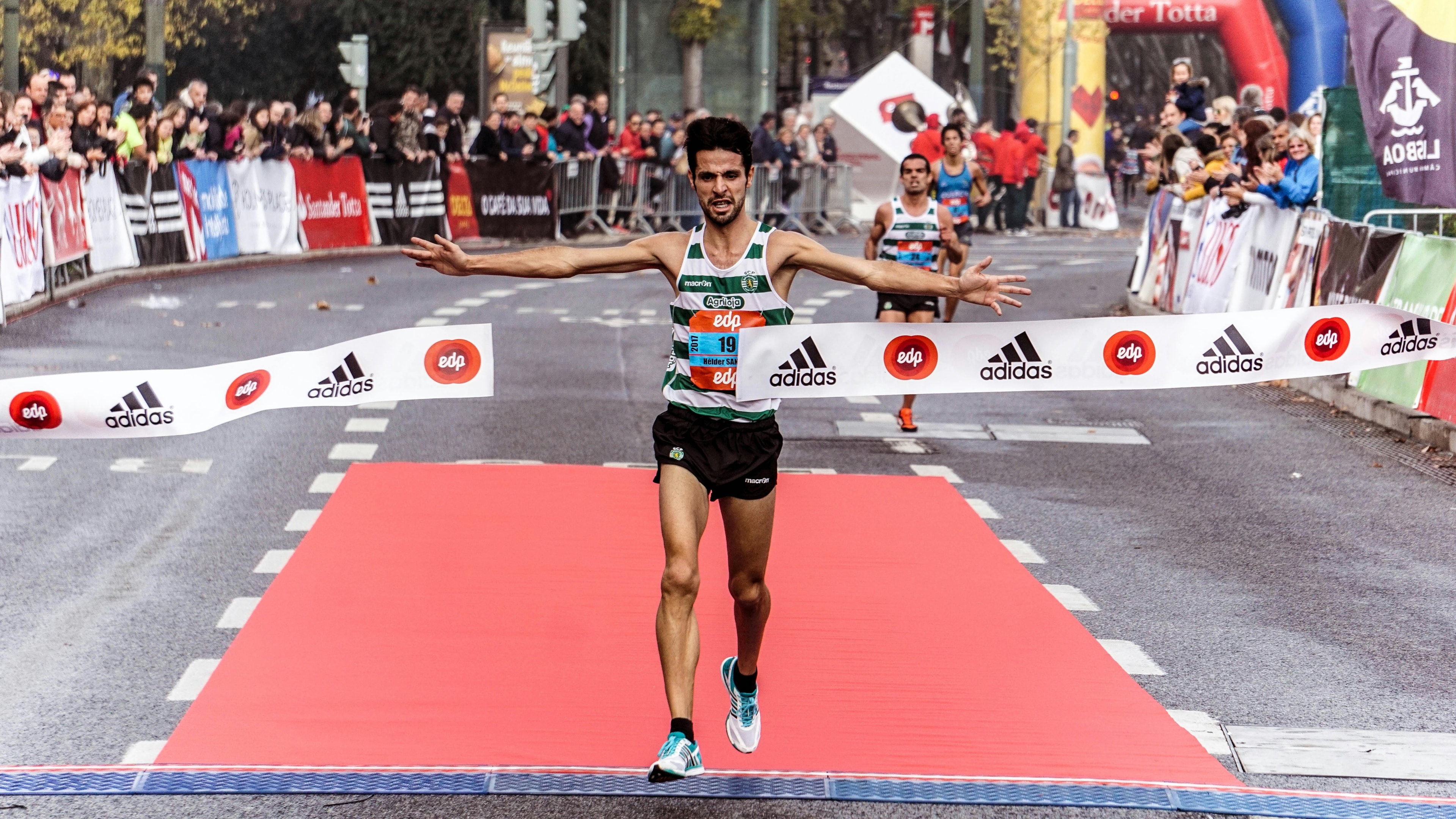
Strength training as a beginner runner doesn’t have to be complicated. By focusing on the basics and keeping your body balanced and strong, you’ll be building a foundation for injury-free, efficient running for years to come. Stick with it, and enjoy the journey!



































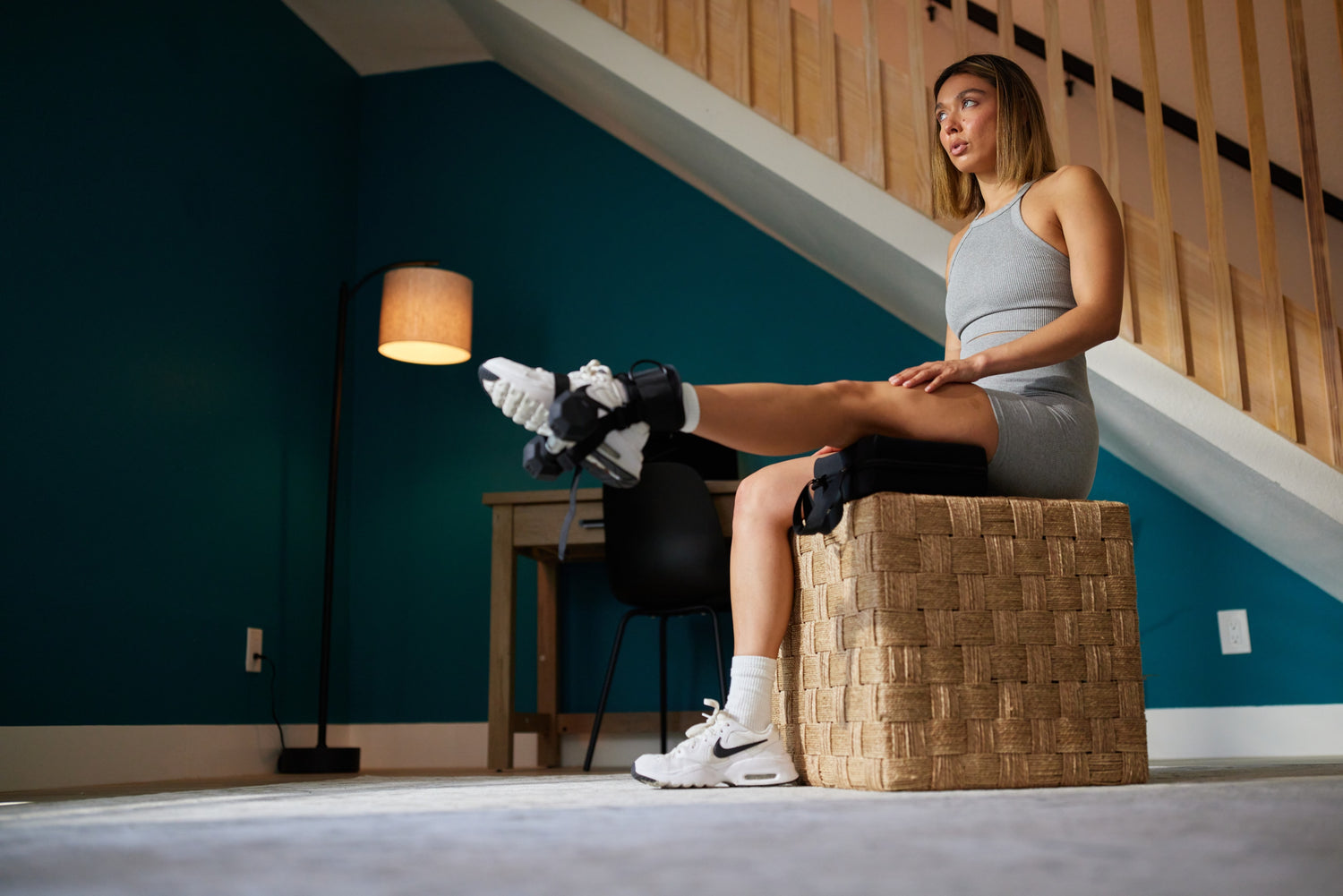
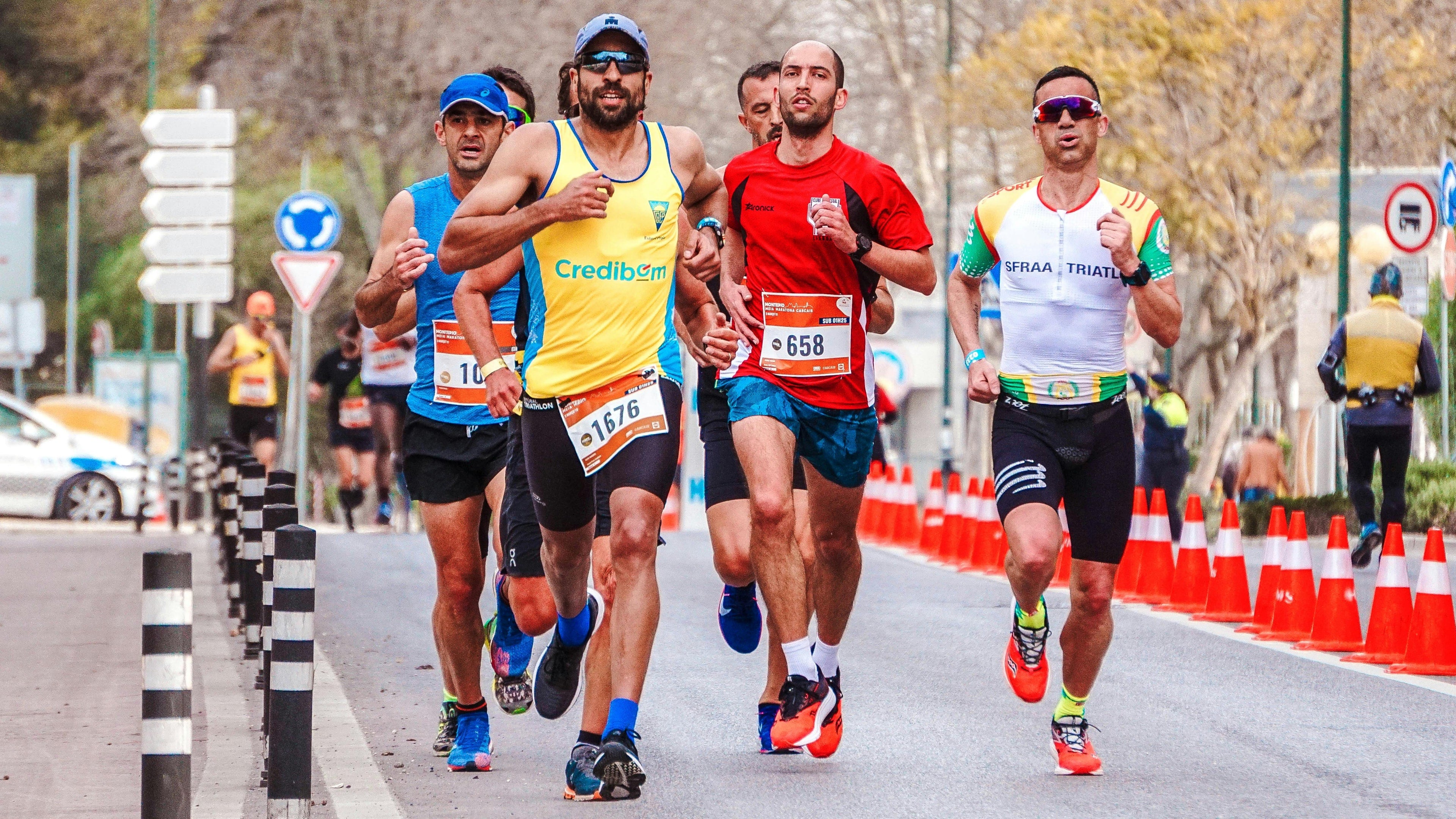
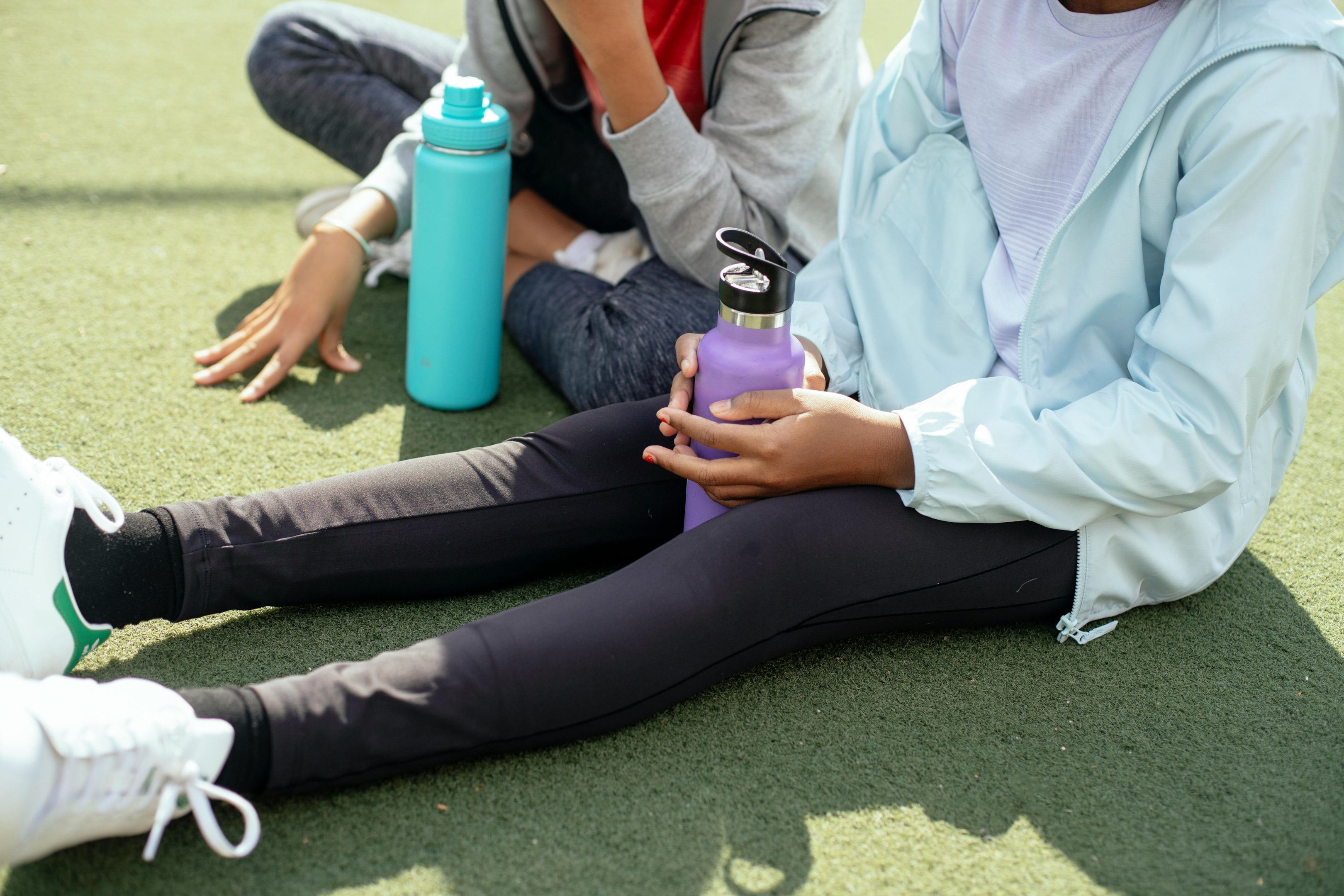



Leave a comment
This site is protected by hCaptcha and the hCaptcha Privacy Policy and Terms of Service apply.